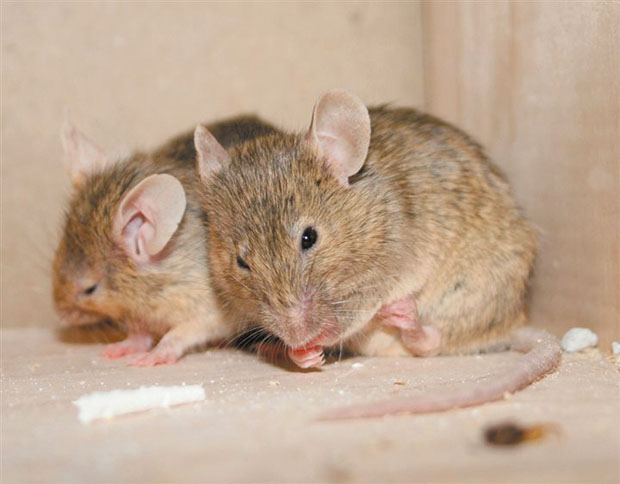Don’t play cat-and-mouse
Though catching mice has been a popular theme in games and cartoons for decades, preventing rodent invasions is not child’s play.
Research by the National Pest Management Association (NPMA) reveals that invasive rodents have broken into 29 percent of U.S. homes, bringing with them a slew of health and property hazards.
House mice are the most common, with females producing up to a dozen off-spring in as little as three weeks. They construct nests using paper products and other materials. They also carry several diseases and their urine and feces can trigger allergies and asthma, especially in children.
Norway rats, much like roof rats, are nocturnal and social, burrowing closely to one another. These rodents are credited with the ability to gnaw through plastic and lead piping to find food and water. They are also known to chew through electrical wires, putting homes at risk for fires.

The NPMA offers these tips to help homeowners keep rodents rummaging out in nature — not in the kitchen pantry:
• Investigate your home from the outside. As mice can enter through an opening as small as a dime, seal all holes and replace weather stripping. Use steel wool to close gaps.
• Screen attic vents and openings to chimneys, which could allow unwanted guests into your home.
• Trim back shrubbery and tree branches, which could provide pathways into the home.
• Use proper storage in the kitchen in order to prevent rodents from having easy access to food and nesting in cupboards and boxes.
For more information about rodents, and to find a pest professional in your area, go online at www.pestworld.org.
This article is courtesy of Brandpoint.